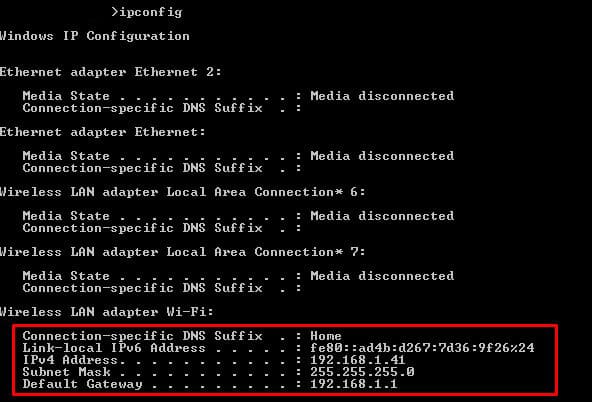

It is the physical, raw cabling and the ones and zeros going over the analog wiring at a given rate.

Now we can interpret the Physical Layer as the point at which the wires are connecting the networktogether. Specifically one can describe them as below. OSI 7 Layer ModelĪs you may know there are 7 layers in the OSI(Open Systems Interconnection) model. I found that people commented wondering how to get their MAC address, so I decided that it might be wise to follow up with an in depth discussion of the issue at hand.
:max_bytes(150000):strip_icc()/ubuntu4-b82bc8d6559e43d8b8e79b55772d9da0.jpg)
I recently wrote two articles on how to get your IP address in C++ and how to get your IP address in C# respectively. This means that 2 24 (= 16.777.216) unique OUAs can be assigned per OUI.Khalid Shaikh explains the Open Systems Interconnection (OSI) 7 Layer Model and shows you how to get your PC’s MAC address using a command line utility.Įnvironment:Compiled on: Visual Studio. Bit 25-48 (network adapter identifier): Bits 25 to 48 provide device manufacturers with 24 bits for assigning a unique hardware identifier (organizationally unique address, OUA).A corresponding service is available, for example, on. The assignment of OUIs is usually public and can be determined via databases. Bit 3–24 (manufacturer identification): Bits 3 to 24 encode an identifier (organizationally unique identifier, OUI), which is assigned exclusively to hardware manufacturers by IEEE.Addresses that are only locally unique are called locally administered address (LAA) and are marked with U/L = 1. If U/L = 0, the address is valid worldwide as a universally administered address (UAA). Bit 2 (registry): The second bit of the MAC address indicates whether it is an address with global validity (universal) or whether the address has been assigned locally (local).Multicast addresses are identified by I/G = 1 and are addressed to several receivers. If I/G = 0, it is a unicast address for a single network adapter.

This bit is called I/G (short for individual/group).


 0 kommentar(er)
0 kommentar(er)
